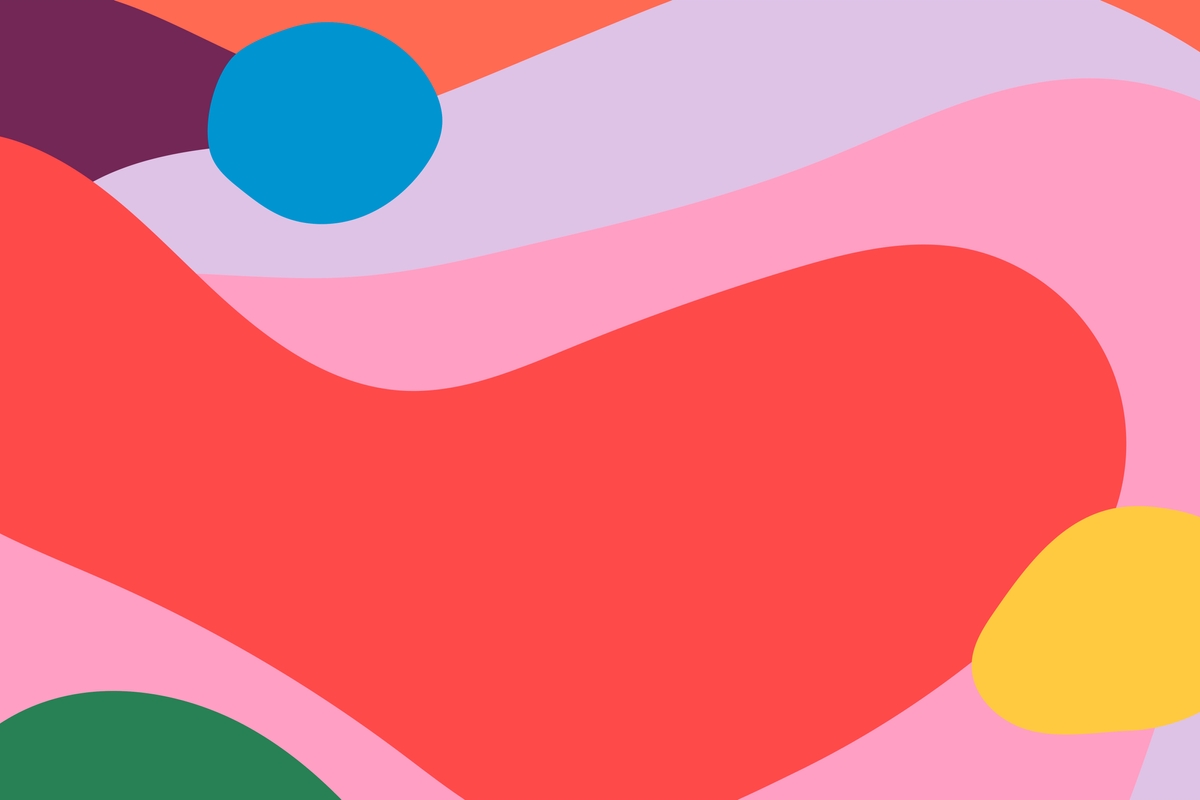Drawing shapes and text

Canvas
Canvas graphics are drawn onto the <canvas> element, which can be given a width and a height in pixels.
There are two types of drawing: "2d" for two-dimensional graphics and "webgl" for three-dimensional graphics through the OpenGL interface. We will just look at "2d" graphics.
You can create a context object using the getContext method on the <canvas> DOM element. This object has methods with which you can draw on the <canvas>.
The coordinate system that canvas uses puts (0, 0) at the top-left corner with the positive y-axis going down from there, and the x-axis going up to the right.
A shape can be filled (its area is a certain colour) or stroked (a line is drawn on its edge).
Example:
let cx = document.querySelector("canvas").getContext("2d");
let patternImg = new Image();
// fetch.then
fetch("https://api.github.com/emojis")
.then(data => {
return data.json();
})
.then(emojiData => {
patternImg.src=emojiData.smiling_face_with_three_hearts;
patternImg.onload=function(){
let pattern = cx.createPattern(patternImg,'repeat');
cx.strokeStyle = pattern;
cx.lineWidth = 64;
cx.beginPath(); // starts a new path
for (let y = 32; y < 545; y += 128) {
cx.moveTo(0, y); // starts a new sub path at the point specified
cx.lineTo(768, y); //
}
cx.stroke();
}
});Example:
let USpopulation = [];
let canvas = document.querySelector("canvas");
let cx = canvas.getContext("2d");
// fetch.then
fetch('http://api.worldbank.org/v2/countries/USA/indicators/SP.POP.TOTL?per_page=5000&format=json')
.then(data => {
return data.json();
})
.then(jsonArr => {
let myArray = jsonArr[1];
for(let i=1960; i<2021; i++){
USpopulation.push(myArray[i-1960]);
}
return USpopulation;
})
.then(drawRects => {
for(let i=1960; i<2021; i++){
let num = i-1960;
let height = Math.round((USpopulation[num].value)/1000000);
cx.fillStyle = "red";
let x = 620-((num*10)+10);
let y = (350-height)+10;
let width = 5;
cx.fillRect(x, y, width, height);
}
});Example:
let cx = document.querySelector("canvas").getContext("2d"); // creates a context object on the <canvas> element
let geoDataObj;
let worldMap = document.createElement("img");
worldMap.src = "images/vector-world-map.jpg";
worldMap.style.zIndex = 0;
// fetch.then
fetch('https://earthquake.usgs.gov/earthquakes/feed/v1.0/summary/all_hour.geojson')
.then(geoData => {
// json() method of fetch API request object
return geoData.json(); // returns a promise that parses JSON data and resolves/returns it as JavaScript Object
})
.then(geoDataObj => {
let geoArray = geoDataObj.features;
cx.drawImage(worldMap, 0, 0, 1172, 760);
cx.translate(552, 465);
for (let i = 0; i < geoArray.length; i++){
let magnitude = geoArray[i].properties.mag * 10;
let x = geoArray[i].geometry.coordinates[0] * 3.26; // longitude * 3.26 accounts for width of map image and 360 degrees of longitude shown across map width
let y = -(geoArray[i].geometry.coordinates[1] * 4.22); // latitude * 4.22 accounts for height of map image and 180 degrees of latitude shown across map height
let location = geoArray[i].properties.place;
//console.log(`${location}: latitude = ${x}, longitude = ${y}, magnitude = ${magnitude/10}.`);
if(x < -552){
x = x + 1172; // x = x plus map img width
}
cx.beginPath(); // method of Canvas 2D API starts a new path
cx.arc(x, y, magnitude, 0, 2 * Math.PI); // arc(x, y, radius, startAngle, endAngle)
cx.fillStyle = 'rgba(255,255,30,' + 0.5 + ')';
cx.fill();
cx.font = "12px Arial";
cx.fillStyle = "white";
cx.fillText(location, x+((i+1)*28), y+((i+1)*28));
cx.beginPath();
cx.moveTo(x+((i+1)*28), y+((i+1)*28));
cx.lineTo(x, y);
cx.strokeStyle = 'rgba(255,255,255,' + 0.5 + ')';
cx.stroke();
}
});Example:
let cx = document.querySelector("canvas").getContext("2d");
let worldMap = document.createElement("img");
worldMap.src = "images/worldMap1.jpg";
worldMap.style.zIndex = 0;
let iSS = document.createElement("img");
iSS.src = "images/iss.png";
iSS.style.zIndex = 10;
// fetch.then
setInterval(function () {
fetch('http://api.open-notify.org/iss-now.json')
.then(issData => {
return issData.json();
})
.then(issDataObj => {
let longitudeX = issDataObj.iss_position.longitude * 3.3; // longitude * 3.3 accounts for width of map image and 360 degrees of longitude shown across map width
let latitudeY = -(issDataObj.iss_position.latitude * 5.08); // latitude * 5.08 accounts for height of map image and 150 degrees of latitude shown across map height
console.log("long = " + longitudeX + " lat = " + latitudeY);
cx.drawImage(worldMap, 0, 0, 1190, 762); // last two numbers represent pixel width and height of map image
//cx.drawImage(worldMap, 0, 0, canvas.width, canvas.height);
cx.translate(893, 477); // translates origin to longitude = 0, latitude = 0 on map
// if longitude is over 297, conditional brings satellite img longitude back to left hand side of map to continue its journey
if(longitudeX > 297){
longitudeX = -(893 - (longitudeX - 297));
}
cx.drawImage(iSS, longitudeX - 50, latitudeY - 34, 100, 68);
cx.resetTransform();
})
}, 120);A reference list (incomplete) of canvas methods and properties can be found here: https://www.w3schools.com/tags/ref_canvas.asp.
Mozilla's guide to canvas in the 2D context: https://developer.mozilla.org/en-US/docs/Web/API/CanvasRenderingContext2D.
References
https://eloquentjavascript.net/17_canvas.html
https://developer.mozilla.org/en-US/docs/Web/API/Canvas_API
https://developer.mozilla.org/en-US/docs/Web/API/CanvasRenderingContext2Dhttps://developer.mozilla.org/en-US/docs/Web/API/Canvas_API/Tutorial/Drawing_shapes
https://www.w3schools.com/tags/ref_canvas.asp